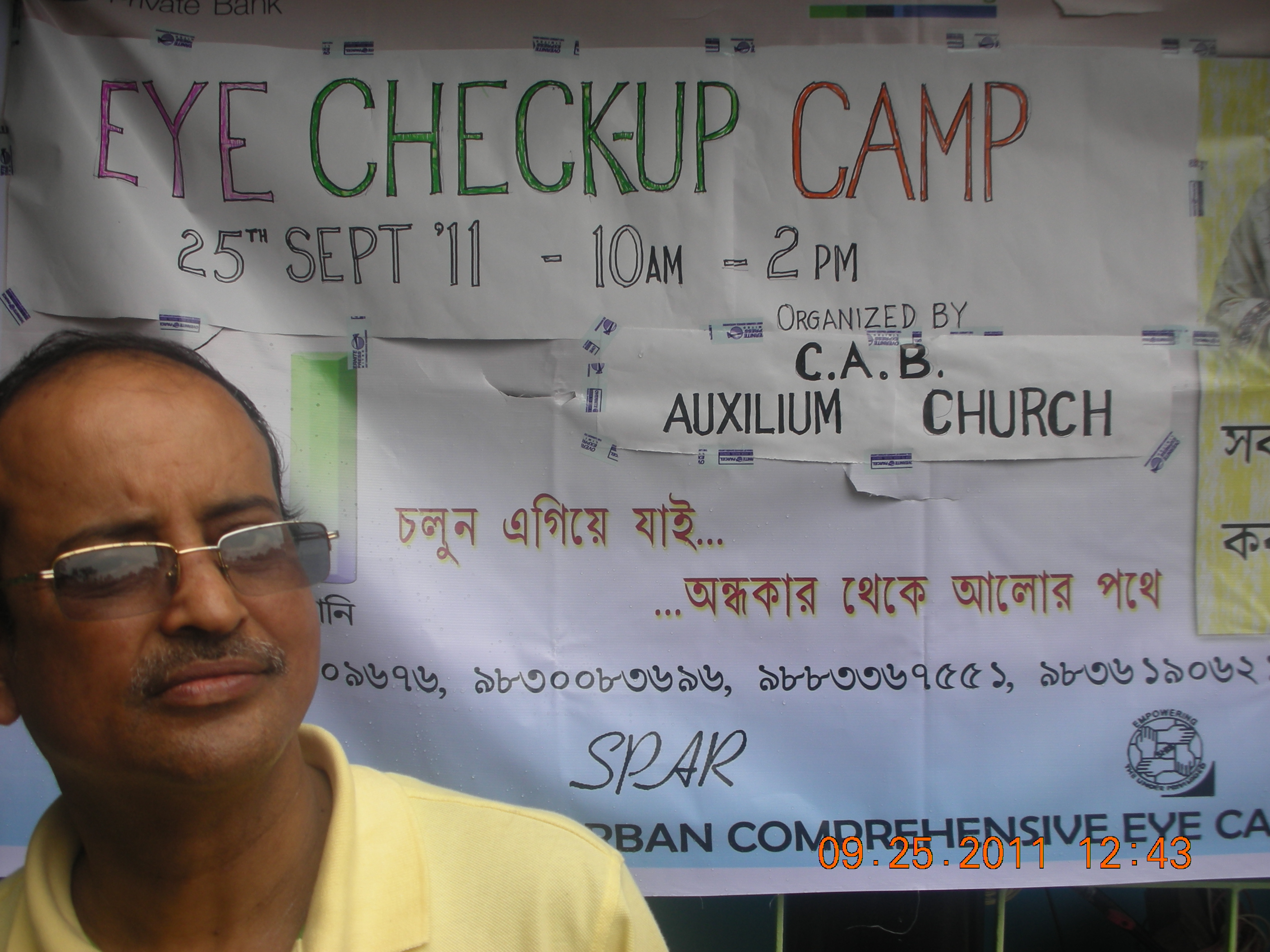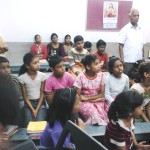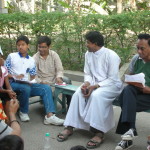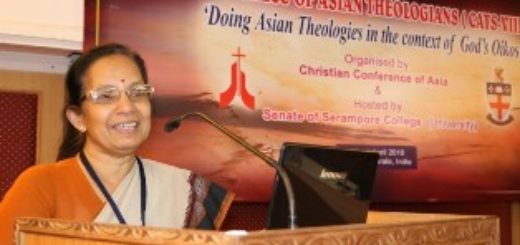Time to start valuing Human Capital in the Holy Year of Mercy

 ISAAC HAROLD GOMES – Member – ICPA
ISAAC HAROLD GOMES – Member – ICPA
What is your organization's most important asset? CEOs often respond that the organization's people are its greatest asset. But if this is true, where are people accounted for in the financial statements? They are classified as expenses (salaries) on the Income & Expenses Statement and liabilities (gratuity & pension) on the Balance Sheet. But we are now living in an era where more companies offer services instead of goods and CEOs often say that employees are their greatest assets. Yet when CEOs seek to increase profit, they cut costs (people) rather than investing in assets – like people – that can appreciate.
 "The most valuable assets of a 20th-century company were its production equipment," said management guru Peter Drucker in 1999. "The most valuable asset of a 21st-century institution, whether business or non-business, will be its knowledge workers and their productivity." Drucker's prophetic observation clearly highlights the reality that many companies face in today's "knowledge economy." Intangible assets – patents, intellectual property, brands and research & development – are all created by people who are the core contributors to profits and shareholder value.
"The most valuable assets of a 20th-century company were its production equipment," said management guru Peter Drucker in 1999. "The most valuable asset of a 21st-century institution, whether business or non-business, will be its knowledge workers and their productivity." Drucker's prophetic observation clearly highlights the reality that many companies face in today's "knowledge economy." Intangible assets – patents, intellectual property, brands and research & development – are all created by people who are the core contributors to profits and shareholder value.
 So why are employees categorized only as expenses (i.e. salaries) and liabilities (pensions) in the financial statements? It is because the accounting profession has not adequately developed tools to address the structural changes arising from increasing shift to Knowledge Economy. Traditional accounting methods have been designed to account for tangible assets e.g. plant & machinery that depreciates over time and is reported at historical cost. Since intangible assets are not easily valued – like a company's trademarks, trade secrets, order backlog or the financial worth of a management consultancy firm – measuring and pricing them can be difficult. Many use this as an excuse for not creating updated accounting standards.
So why are employees categorized only as expenses (i.e. salaries) and liabilities (pensions) in the financial statements? It is because the accounting profession has not adequately developed tools to address the structural changes arising from increasing shift to Knowledge Economy. Traditional accounting methods have been designed to account for tangible assets e.g. plant & machinery that depreciates over time and is reported at historical cost. Since intangible assets are not easily valued – like a company's trademarks, trade secrets, order backlog or the financial worth of a management consultancy firm – measuring and pricing them can be difficult. Many use this as an excuse for not creating updated accounting standards.
Four decades ago, a group of researchers at the University of Michigan authored a series of papers to develop the field of "Human Resource Accounting." In January 1967, the Harvard Business Review published, "Put People on Your Balance Sheet," which discussed various methodologies for classifying human resources as assets.
At present, several global companies lead by Infosys, the giant India-based ICT services firm and Tata, are pioneering the integration of Human Asset Reporting into their financial statements. Infosys has been assigning a value to its entire workforce since 2008. It adopted the Levi-Schwartz human resources accounting model to calculate all of its employees' collective worth. Through this model, which calculates today's value of future compensation to employees of varying ages and experience levels, managers and investors can track a variety of measures related to Infosys' human resources, such as "return on human resource value" and "value of human resources per employee." Infosys's annual report also includes a "comprehensive intangible assets score sheet" that can be used as a decision-making tool to determine how successful the firm has been at investing in its people every year.
 Viewing people as an asset is recognizing that an employee's value can be quantified and increase with training, engagement and teamwork – investments which are very essential for 21st century firms. (source: HIP Investor Inc.)
Viewing people as an asset is recognizing that an employee's value can be quantified and increase with training, engagement and teamwork – investments which are very essential for 21st century firms. (source: HIP Investor Inc.)
2016, the Holy Year of Mercy as dedicated by Pope Francis, is intrinsically connected with Human Resource Development. This can be understood from a recent interview, where the Pope said the Holy Year is a response to the world’s need for a “revolution of tenderness” from which “justice and all the rest derives.”
He has invited the entire Catholic church to refashion itself as a place not of judgment or condemnation but of pardon and merciful love. In an important document convoking the year, Pope Francis states that the church’s “very credibility is seen in how she shows merciful and compassionate love.” “Perhaps we have long since forgotten how to show and live the way of mercy,” writes Francis in the document with the Latin title Misericordiae  Vultus (The Face of Mercy).
Vultus (The Face of Mercy).
The Pope’s exhortation makes it clear that to observe the Holy Year of Mercy in a fitting manner, the Church must first show concern and care for its own human resources in each parish – by providing to the needy basic education facilities (study centres), healthcare (particularly mother and 0-5 year child), vocational training, low-cost housing, and particularly encouraging professional courses by setting up a corpus fund. More investment should be made on human resources than on building concrete structures as is the common tendency in most Catholic Churches.
Several parishes can join forces in these holistic initiatives which are definitely in keeping with the “works of mercy” as propagated by the Holy Father.
 Note: Further to my article as attached, if nothing worth mention can be done for Human Resource Development in a parish, the minimum mercy that can be shown is by not treating parishioners as SHEEP (meek and mute)!
Note: Further to my article as attached, if nothing worth mention can be done for Human Resource Development in a parish, the minimum mercy that can be shown is by not treating parishioners as SHEEP (meek and mute)!
At least it must be ensured by CCV and its leaders spread worldwide, that in no parish, the parish priest should be allowed to be as merciless and high-handed as Auxilium Church, Kolkata Parish Priest Fr K.K. alias Sebastian Kuzhipala, who had the cheek to close down a vibrant and on-going Free Study Centre just to whet his ego. It was as good as cold-blooded murder for he did not bat an eye lid before nipping in the bud the future of many poor students of the parish who could not afford costly private tuition available on the market. 
The study centre has since not been re-started even though the priest (abomination) suddenly vanished from the parish in June 2014 and two parish priests have since taken over (please see photo attached). What an irony for a parish that is headed by the Salesian Provincial who has a doctorate in Pedagogy! The same priest had hired local strongmen to gherao and mortally threaten parishioners who were carrying out these welfare activities. He suffered from the inferiority complex that they were getting all the praise for the good work, instead of him! He forgot when a parish gets praises for its good work, all the credit ultimately goes to the parish priest!!
ISAAC HAROLD GOMES – Member – ICPA
















